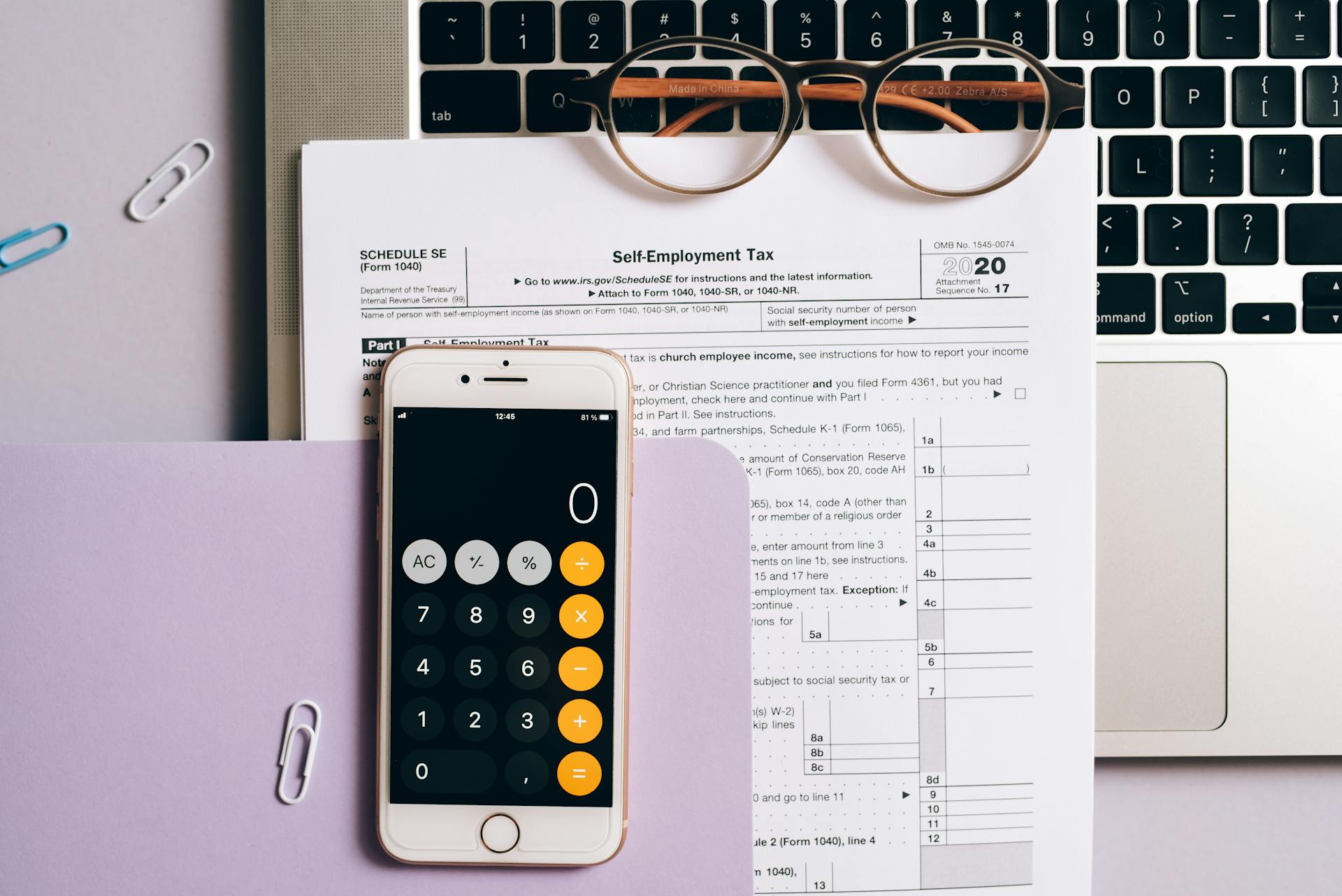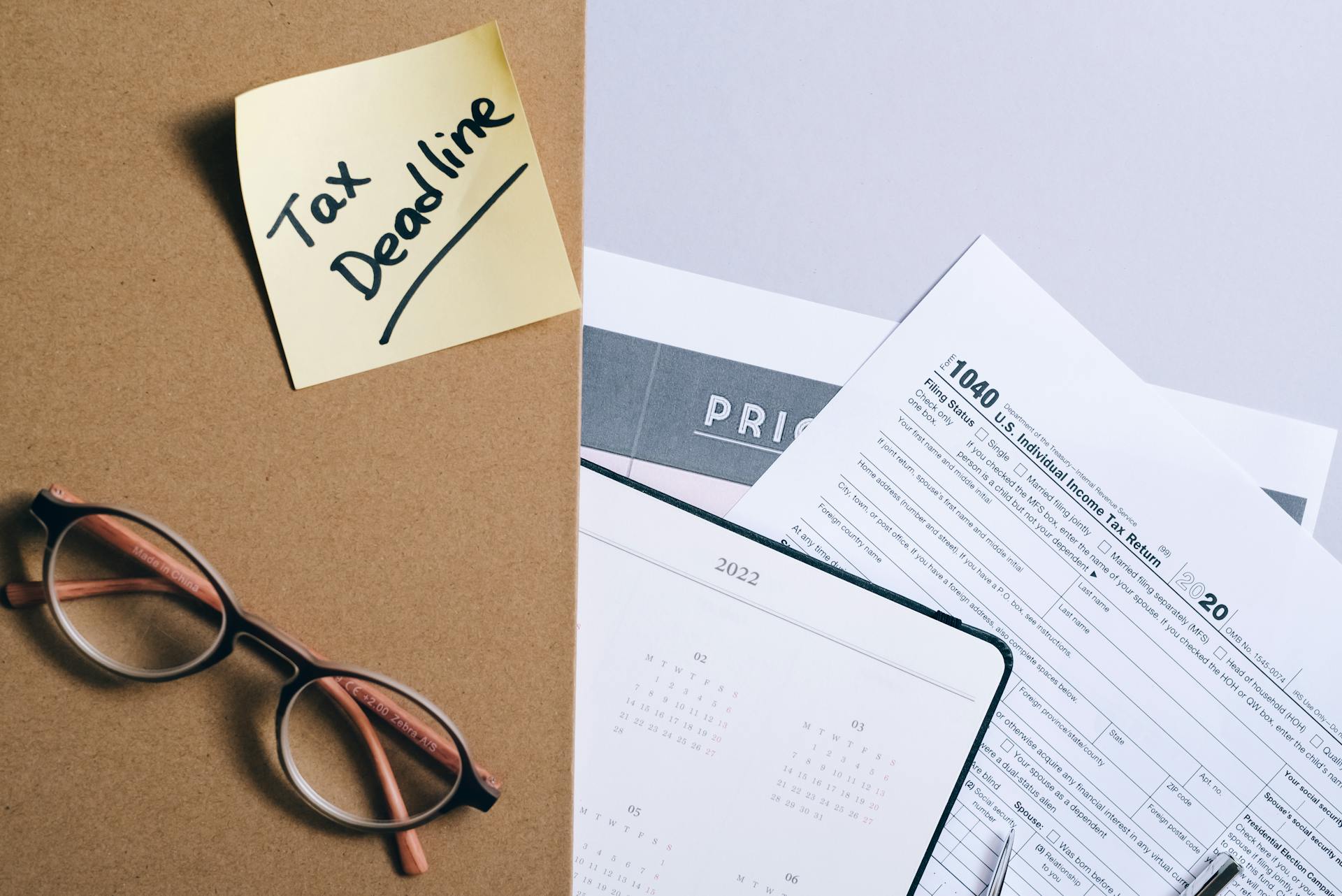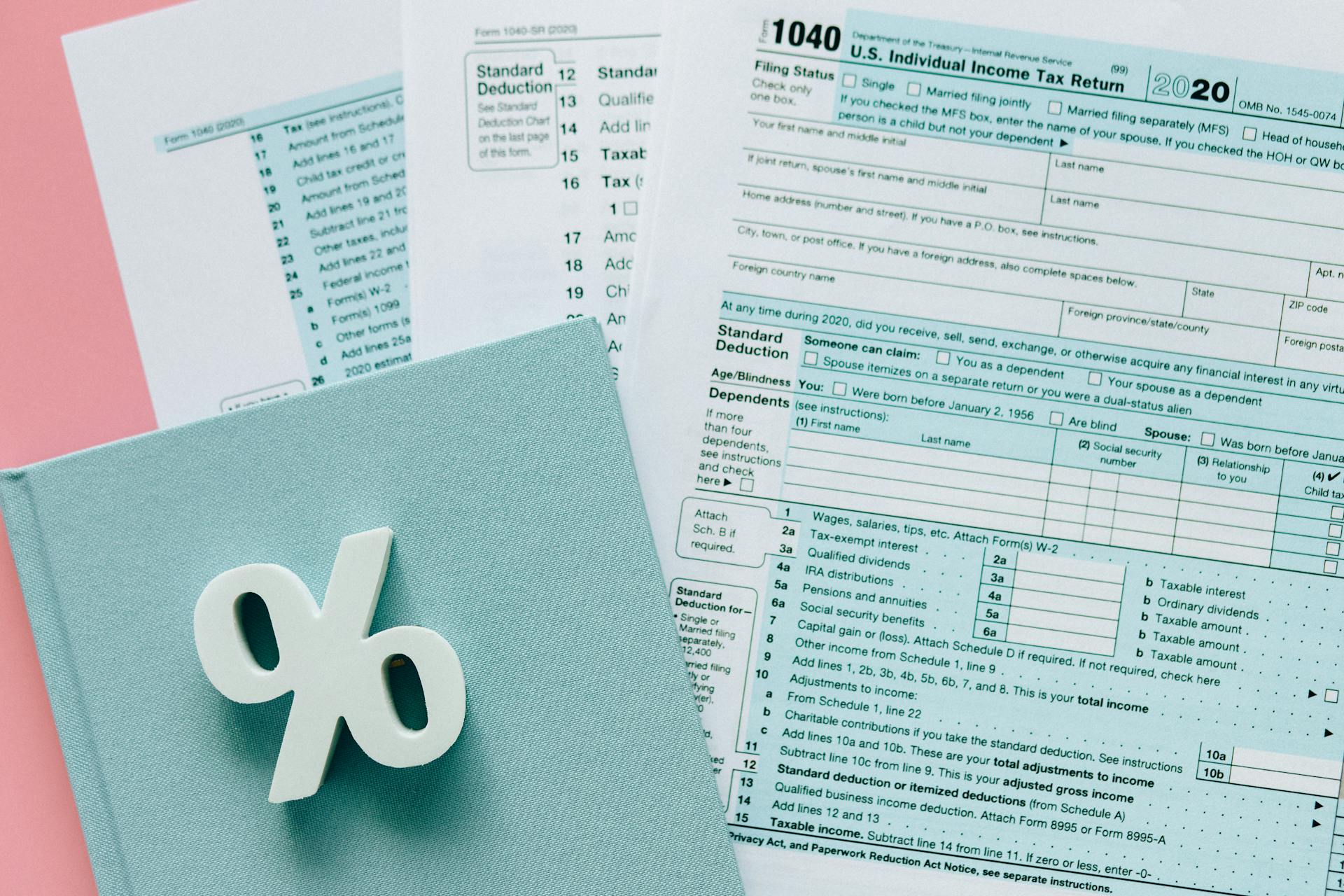
Tax-exempt green bonds are a crucial tool for financing green energy projects. They allow investors to support environmentally friendly initiatives while also reducing their tax liability.
Green energy projects require significant upfront capital, and tax-exempt green bonds can help bridge this funding gap. According to the article, tax-exempt green bonds can be issued by municipalities and other government entities to finance green energy projects.
Investors in these bonds are typically tax-exempt, which means they won't have to pay federal or state income taxes on the interest they earn. This can make them more attractive to investors who want to support green energy projects without sacrificing their tax benefits.
Tax-exempt green bonds can also help reduce the cost of borrowing for green energy projects, making them more competitive with traditional fossil fuel-based projects.
What Are Bonds?
Bonds are fixed income securities that can be taxable or tax-free, and they're issued by various entities such as sovereigns, corporations, and local government entities.

Green bonds are a type of bond that specifically raises funds for projects with environmental benefits that aim to reduce greenhouse gas emissions and mitigate climate change.
These bonds can be issued in the form of senior unsecured obligations, project finance, or revenue bonds, and they can vary in credit quality, maturity, and interest rates.
Investors can buy green bonds to support environmental projects and earn market-based rates of return, which means they can achieve positive outcomes while earning a profit.
Benefits and Challenges of Tax Exempt Bonds
Using tax exempt bonds can lower the cost of capital for green energy projects, allowing nonprofits to borrow at lower interest rates and for longer terms than conventional debt financing.
This can make projects more attractive and feasible, encouraging more investments in green energy.
By using tax exempt bonds, nonprofits can reduce the amount of equity they need to invest, increasing their after-tax income.
However, combining tax exempt bonds with tax credits can create complex and interrelated legal, financial, and tax issues that require careful planning and execution.
In some cases, energy tax credits can be reduced by up to 15% when the underlying project/property is financed with tax-exempt bonds, reducing the tax credit dollar amount rather than the tax credit rate.
This reduction can add up quickly, as in the example where a $100 tax credit is reduced to $85.
Green Bond Issuers and Market
The municipal tax-exempt sector led the pack in green bond issuances in the first half of 2017, accounting for 51% of total volume with $4.1 billion in bonds.
In the second quarter, tax-free issuances saw a significant uptick, rising from $1.2 billion to almost $3 billion.
Corporates, led by Apple Inc., were the next largest issuers with $1.0 billion in green bonds, but they were a distant second place.
Securitized transactions, including Property Assessed Clean Energy (PACE) loans and residential solar panel loans, made up the third largest group with 4 transactions and almost $800 million in total volume.
Green Bond Options
Green Bond Options can provide investors with a way to support environmental projects while earning a market-based rate of return. Green bonds trade at levels equivalent to their non-green counterparts.
Institutional investors are currently dominating the green bond market, making it challenging for retail investors to directly invest in these bonds. This is due to their strong appetite for green bonds and buy and hold strategies.
As a result, retail investors may want to consider alternative options, such as mutual funds and ETFs, to gain exposure to green bonds. These investment offerings can provide a more accessible way to invest in green bonds.
Green bond funds and ETFs can be evaluated on a case-by-case basis to determine their suitability for an investor's portfolio. Currently available green bond funds and ETFs can be found in Exhibit 2.
Discover more: Bond Market
Green Bond Issuers in 1H 2017
The municipal tax-exempt sector led the pack in green bond issuances during the first six months of 2017, accounting for 51% of total volume with $4.1 billion in bonds.
In the second quarter, tax-free issuances saw a significant uptick, rising from $1.2 billion to almost $3 billion.
Corporates were the next largest issuers, with Apple Inc. issuing its second green bond in the amount of $1.0 billion.
Securitized transactions, consisting of Property Assessed Clean Energy (PACE) loans and residential solar panel loans, made up the third largest category with 4 transactions and almost $800 million.
Graphic Packaging Announces Green Bond Offering
Graphic Packaging International has issued a green bond to support its sustainability goals, specifically to fund the implementation of a new recycling facility in the United States.
The green bond is worth $200 million and has a 10-year maturity period.
Investing in Tax Exempt Green Bonds
Tax exempt green bonds can be a viable option for investors looking to support green energy projects while minimizing tax liabilities. The main benefit of combining tax exempt bonds and tax credits is that it can lower the cost of capital and increase the return on investment for green energy projects.
Nonprofits can borrow at lower interest rates and for longer terms than conventional debt financing by using tax exempt bonds. This can make green energy projects more attractive and feasible, encouraging more investments in this area.
In 2017, the municipal tax-exempt sector led the pack with $4.1 billion in tax-free green bonds, accounting for 51% of total volume. The second quarter saw an uptick in tax-free issuances, rising from $1.2 billion to almost $3 billion.
Investors can invest at least 80% of their assets in fixed income securities that generate interest exempt from federal income taxes. These securities must have an obligor or use of proceeds that satisfies the fund's sustainable investment criteria.
Tax exempt green bonds can be a complex and interrelated issue, requiring careful planning and execution. The use of tax credits may affect the tax status and reporting obligations of the bondholders, subjecting them to alternative minimum tax or unrelated business income tax.
For more insights, see: Do Capital Gains Taxes Change My Income Tax Rate
Frequently Asked Questions
Are tax-exempt bonds a good investment?
Tax-exempt bonds, also known as munis, are a good investment option due to their federal tax exemption and low risk, but it's essential to consider their potential drawbacks before investing.
Sources
- https://www.claconnect.com/en/resources/blogs/nonprofits/how-to-finance-green-energy-projects-with-tax-exempt-bonds-and-tax-credits
- https://humentum.org/blog-media/how-nonprofits-can-finance-green-energy-projects-with-tax-exempt-bonds-and-tax-credits/
- https://investors.graphicpkg.com/news-events/press-releases/detail/44/graphic-packaging-announces-tax-exempt-green-bond-offering
- https://sustainableinvest.com/tax-exempt-transactions-leads-green-bond-issuance/
- https://www.brownadvisory.com/mf/funds/tax-exempt-sustainable-bond-fund
Featured Images: pexels.com


